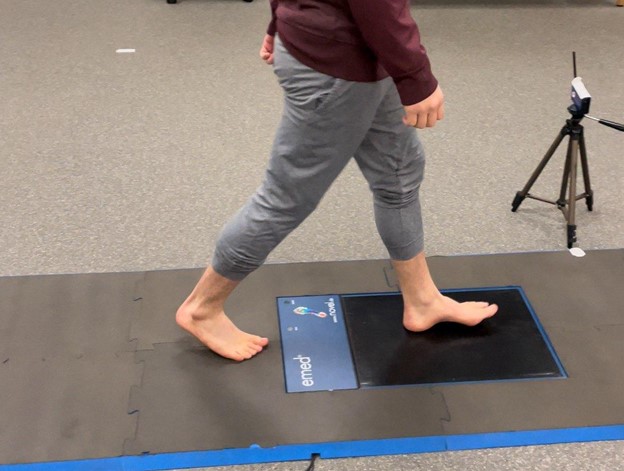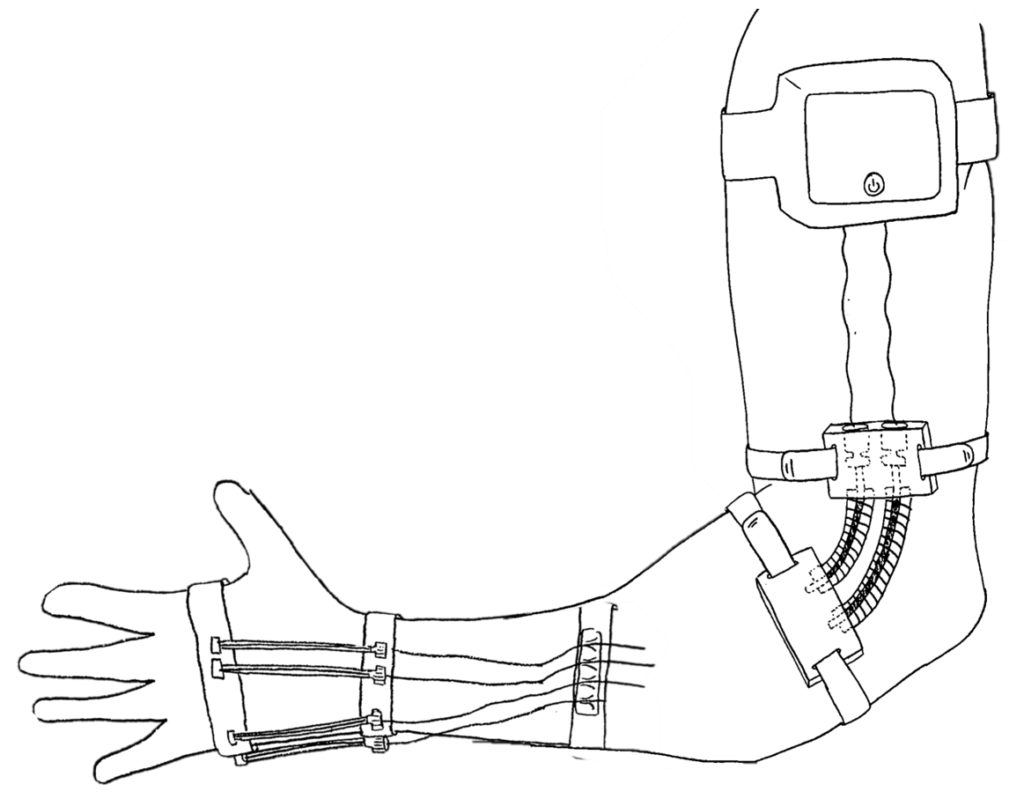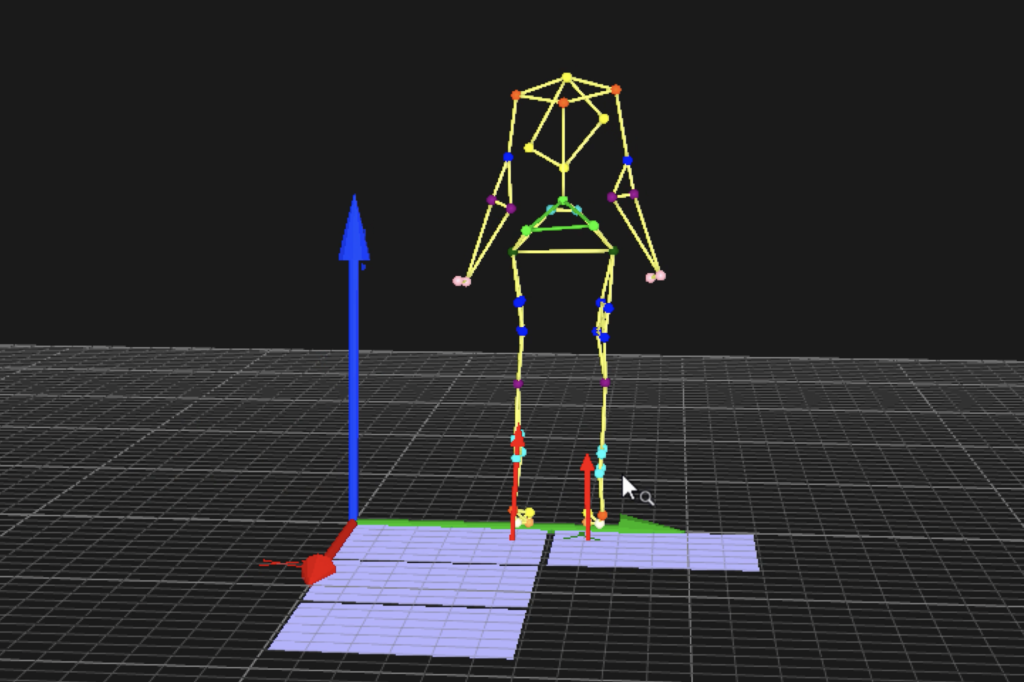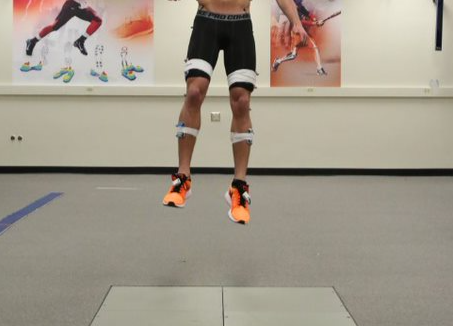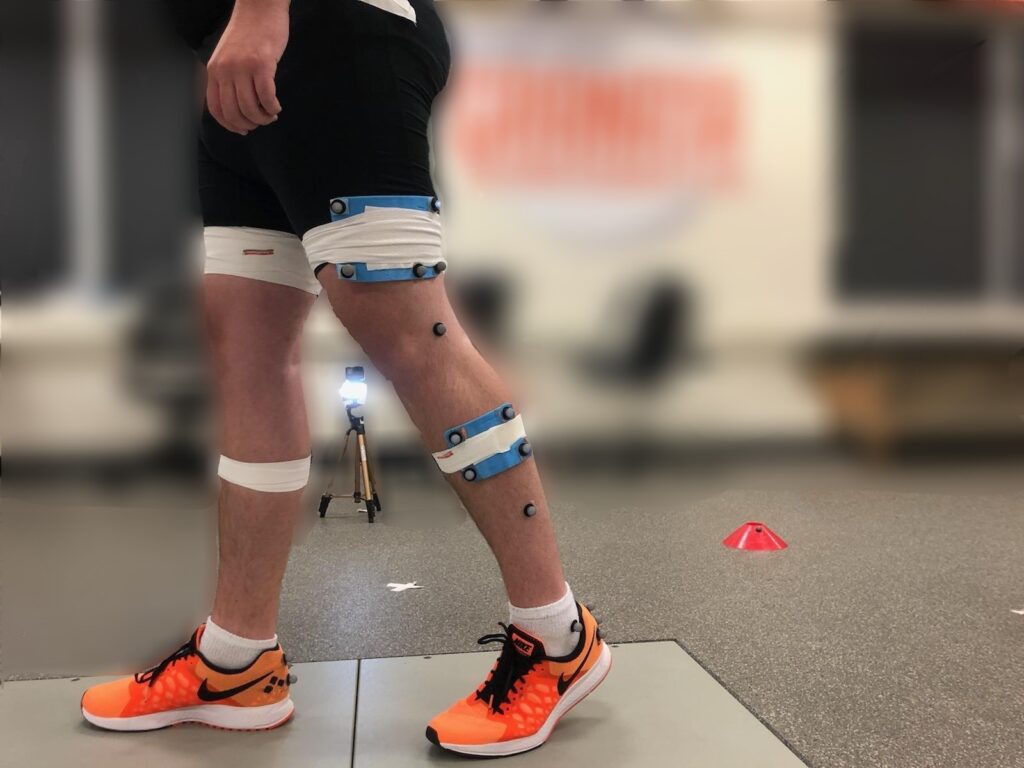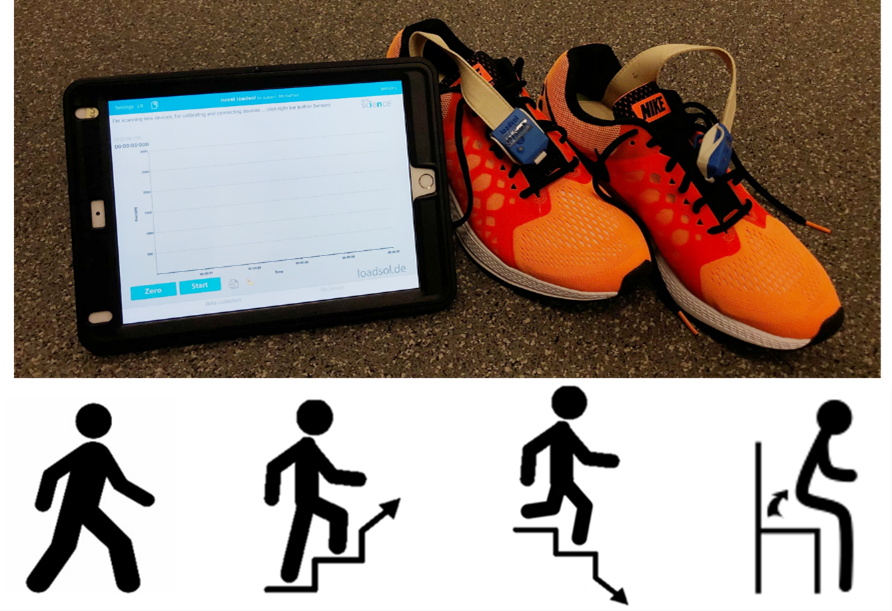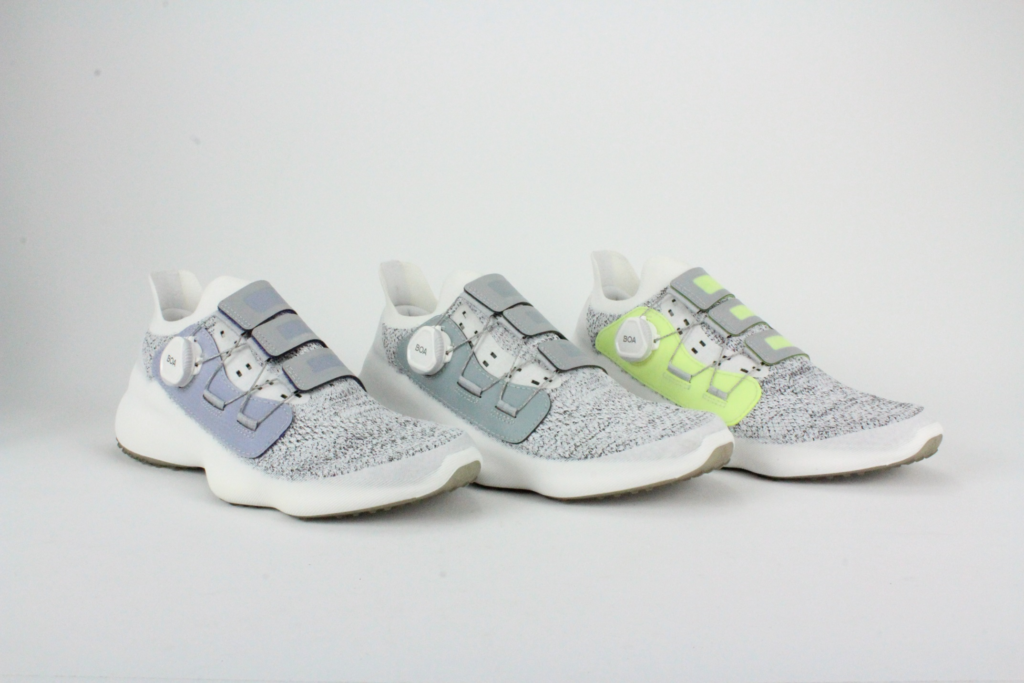The Impact of Race on Plantar Loading and Research Engagement
African Americans are more likely than White Americans to experience foot ulcers and are twice as likely to experience diabetes-related foot amputation due to foot ulcers. High plantar loading is a major factor in the development of many diabetes-related foot ulcers. While it is known that diabetic foot neuropathy, foot type, and sex can impact plantar loading, limited research has been conducted to examine the effect of race on plantar loading variables. This study identifies a gap in the existing literature on plantar loading differences in racial groups and additionally assesses research engagement in African American young adults. It is critical that racial minorities are included in research to strengthen the generalizability of findings and reduce racial health disparities. However, there is a unique challenge of gathering participants for this study. With the impact of the COVID-19 pandemic and the current state of racial health disparities, it cannot be assumed that young African American adults have the same attitudes towards research engagement as the older members of the community or younger White Americans. Therefore, there are two objectives of this study: 1) To determine if race and other factors are significant predictors of plantar loading, and 2) To identify racial differences in research engagement in young adults between African Americans and White Americans. If you’d like to participate in this study, please contact Julia Brisbane at juliabris@vt.edu.

